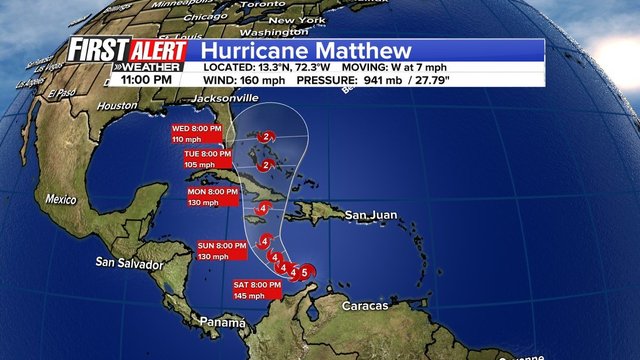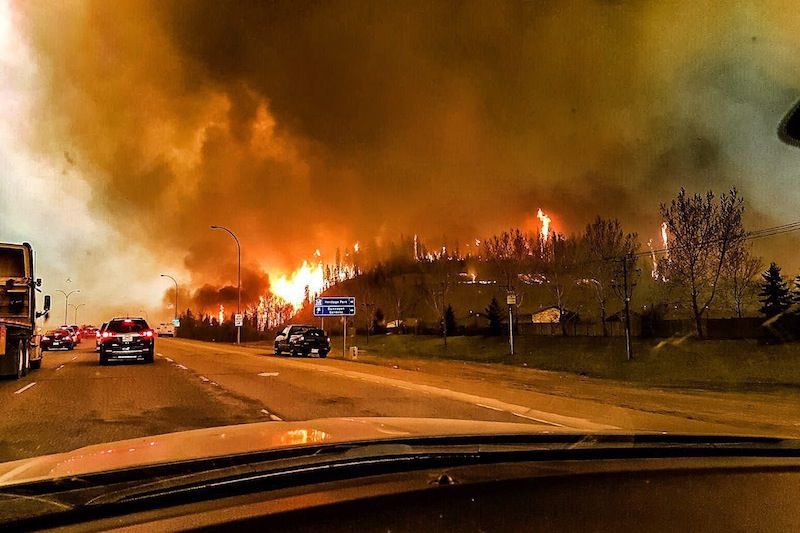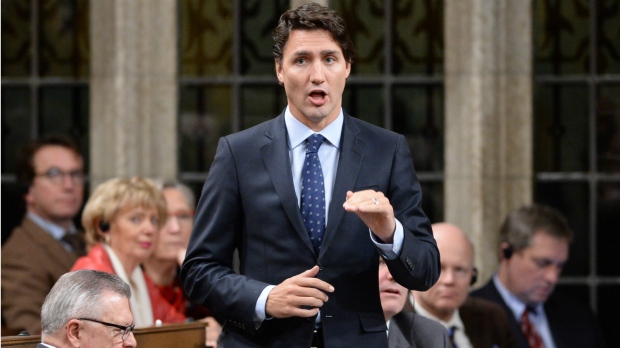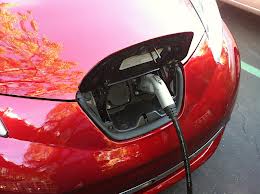 By Ray Rivers
By Ray Rivers
October 8th, 2016
BURLINGTON, ON
As I write this, hurricane Matthew has just pushed its toll of death and destruction, closing in on 900 killed in Haiti alone. The role of climate change in hurricanes is still being debated in the science community, but three factors make for a strong linkage. A warmer atmosphere means more humidity and more rain with the storms.
Second, a higher sea level resulting from melting polar ice means flooding occurs more often and much further inland with each storm. And a warmer ocean has been associated with the creation of the storms.

More than 900 lives lost in Haiti alone as the result of Hurricane Matthew. Had the eye of this hurricane moved inland on the United States the devastation would have been record setting.
At the least hurricanes have become more ferocious, do more damage and occur more frequently than when the earth was cooler. The other part of the science we don’t understand is how unstable, hurricanes, cyclones and tornadoes will be into the future as the planet continues to heat up. And then there are the other consequences: the northward migration of pests; losses of cold weather species such as the polar bear; longer periods of drought in some areas; and the propensity for even more raging wild fires, such as the one we witnessed at Fort McMurray last year.

Weather was a huge factor with the fire in Alberta this summer.
Even before the fire had finished its rampage insurance claims in that northern Alberta town were totaling $6 billion . Another $2 billion was paid out by insurance companies following the massive flooding in Calgary only a few years earlier. And then there were climatic related events closer to home in Toronto and the flooding in Burlington. Hurricane Sandy cost over (US) $60 billion and Katrina a whopping $125 billion. That storm damage from Katrina cost the equivalent of the entire 2016 Ontario provincial budget of (Can) $134 billion.
So Justin Trudeau this past week rose up in the House of Commons and in his best ‘pay me now or pay me later’ moment announced that he will impose a $10 per tonne carbon pricing levy in those provinces without such a scheme by 2018. Another $10 will be applied each year thereafter until the total is $50 per tonne by 2022.

Prime Minister Justin Trudeau announcing a national carbon tax if the provinces do not create their own tax.
The opposition wailed and railed, but the best they could do was demand Trudeau call it a tax, which it is – a carbon tax. But we pay a lot of different taxes and they’re not all bad. There are property taxes for municipal garbage removal and police and fire services and even income taxes go to make sure that even lower income Canadians can have access to health care, education and old age security.
Besides, the provinces where the vast majority of Canadians live already have or are getting a carbon tax anyway. Quebec led the way back in 2007, with a carbon levy of $3.50 per tonne. B.C. followed suit and its tax is now $30. Alberta will be introducing one starting at $20 this year, in addition to an existing carbon pricing mechanism for the energy sectors. And Ontario’s new emission trading program will include an inherent carbon tax. B.C’s carbon tax amounts to about only seven cents at the pump. And – and that is the challenge.

Electric cars are one part of the solution to cutting back on the use of fossil fuels.
The idea of a carbon tax is to change consumer behaviour by reducing their use of fossil fuels – forcing conservation through smaller cars, less driving, lower thermostats, etc. But if you want people to switch from their old daddy’s Caddy gas guzzler, they’ve already paid off, and buy a new Tesla EV (electric vehicle), the cost of gasoline has to rise significantly higher than seven cents. But if you make the tax too high, everyone will just get upset and vote for that other party next election. So there has to be a rationale for the carbon tax – beyond arbitrarily setting a price to get people out of their cars.
And there is a rationale since we don’t pay the full price for the fossil fuels we use. They are implicitly subsidized. The real cost of a litre of gasoline should also include the clean up of tailing ponds at the oil sands, health and environmental deterioration from air pollution, the costs of clean up from leaking pipelines, impacts of exploding rail cars – and now the huge costs from climate change related disasters. But figuring out these external costs (since they are not in the price per litre) is a tricky proposition. So pay me $50 by 2022 is a good first approximation though we’ll still be paying more later.
Trudeau has promised to return all the tax money collected to the pertinent jurisdictions so they can apply it to provincial programs, for example, assisting those with lower incomes, reducing other taxes, transitioning the economy to be less carbon intensive. Making the carbon taxation revenue neutral and not just a tax grab was a key aspect of B.C.s carbon tax. Alberta and Ontario also intend to use some of the revenue to transition their economies to a lower carbon intensity.
It wasn’t that long ago that all the provinces agreed with the federal government on a strategy, which, in line with Mr. Trudeau’s election platform, called for the inclusion of carbon taxation. Still Saskatchewan and some Atlantic provincial delegates (NS and NL) walked out of a climate change meeting in protest almost immediately after Trudeau announced his mandatory carbon pricing policy.

A part of Canada’s Coat of Arms – From sea to sea
A political cynic might call that grandstanding or just politics. Or perhaps there is genuine concern about a new tax being imposed in their jurisdiction, regardless that they get the proceeds. But it sure sounds like a pretty good deal to me – a common nation-wide carbon tax to level the economic playing field across the country. And the provinces get to keep the cash while the feds get the blame for it.
 Ray Rivers is an economist and author who writes weekly on federal and provincial issues, applying his 25 years of involvement with federal and provincial ministries. Rivers’ involvement in city matters led to his appointment as founding chair of Burlington’s Sustainable Development Committee. He was also a candidate in a past provincial election.
Ray Rivers is an economist and author who writes weekly on federal and provincial issues, applying his 25 years of involvement with federal and provincial ministries. Rivers’ involvement in city matters led to his appointment as founding chair of Burlington’s Sustainable Development Committee. He was also a candidate in a past provincial election.
Background links:
Climate Change and Hurricanes – Toronto/Alberta Disasters – Fort McMurray –
Canada Ratifies Paris – Carbon Price – More Carbon Tax – Insurance for Climate Change –
Even More Carbon Price – Even even more – Provinces and Climate Change – National Post on Carbon Tax –





















Thanks for your comment Hans- indeed it is a complicated world ahead and you have hit on some of those complications. Thanks for your contribution.
Re: “A warmer atmosphere means more humidity and more rain with the storms.” – it also creates more active weather, the same way that the contents of a pot of boiling fudge or soup circulates more rapidly from bottom to top when the heat source is turned up.
I haven’t seen exactly how the amount of “carbon” to be taxed will be determined. Refineries have a variety of processes and the amount of carbon in fuels could vary considerably.
Electric cars seem like a good idea, except for things like: nuclear electricity generation waste disposal; the time it takes to recharge; the disposal problem for used batteries; the inadequate electricity supply, if we all plugged in our electric cars at the same time; the inefficiency caused by line loss in the electric power grid (and maybe we should convert eventually to 220 volts like Europe?).